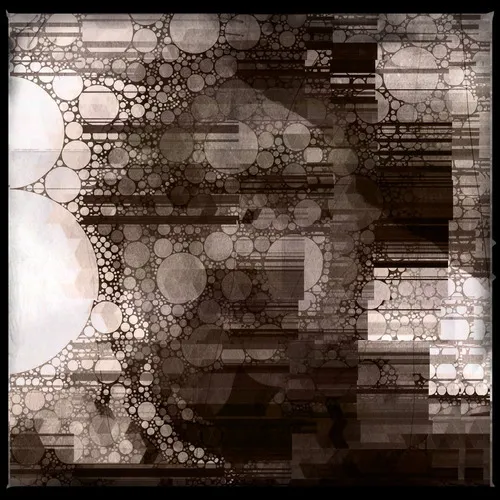wakaranai kotoba no naka o toru
words I don't understand
—Santoka
 "Ushigome Kagurazaka", 1939, by Tsuchiya Koitsu
"Ushigome Kagurazaka", 1939, by Tsuchiya KoitsuIn the later half of his life, Santōka walked all over Japan. He would stop in some town, beg for enough money to afford some saké and a cheap room to sleep, then resume his travel. He called it his Zen walking. This haiku was composed on one of his travels.
I submit this for this week's prompt Escapism. In one way Santōka was directly experiencing everyday life, but in another way he was escaping from his own perceived failed life which is what sparked his travels across Japan. In addition to escaping life by traveling, he also used saké for that purpose: he was unquestionably a drunk and was rarely without saké. By his own admission, the only things in life he needed were haiku and saké.
This haiku was written in 1932. At that time, Japan would have been full of many languages. Korea, Taiwan, and parts of China were part of the Empire and some of them had been for over 30 years, so there were a number of different ethnicities in the country. There were all required to know and speak Japanese, but in practice they would likely have used their native tongue when talking amongst each other.
In addition to other languages he might have been hearing but not understanding, Japanese itself was more diverse than it is now, with many dialects so different from each other they might as well have been different languages.
One can imagine the difficulty understanding conversation around him in this kind of environment.
❦

 |
David LaSpina is an American photographer and translator lost in Japan, trying to capture the beauty of this country one photo at a time and searching for the perfect haiku. |
If this blog post has entertained or helped you, please follow/upvote/reblog. If you want to further support my writing, donations are welcome.
That is, me! If you like this translation, feel free to use it. Just credit me. Also link here if you can. ↩